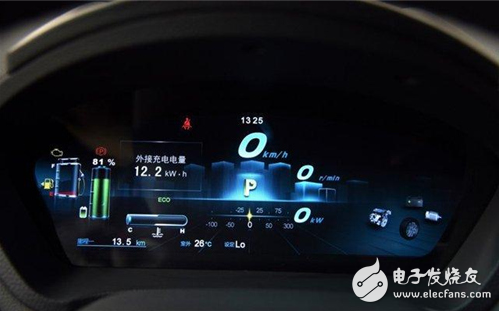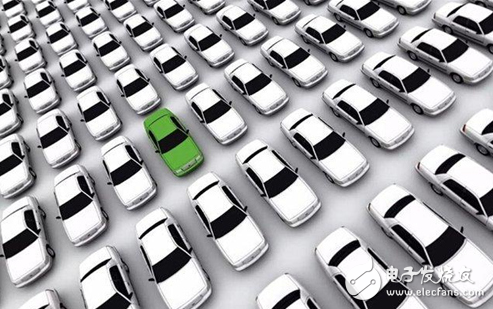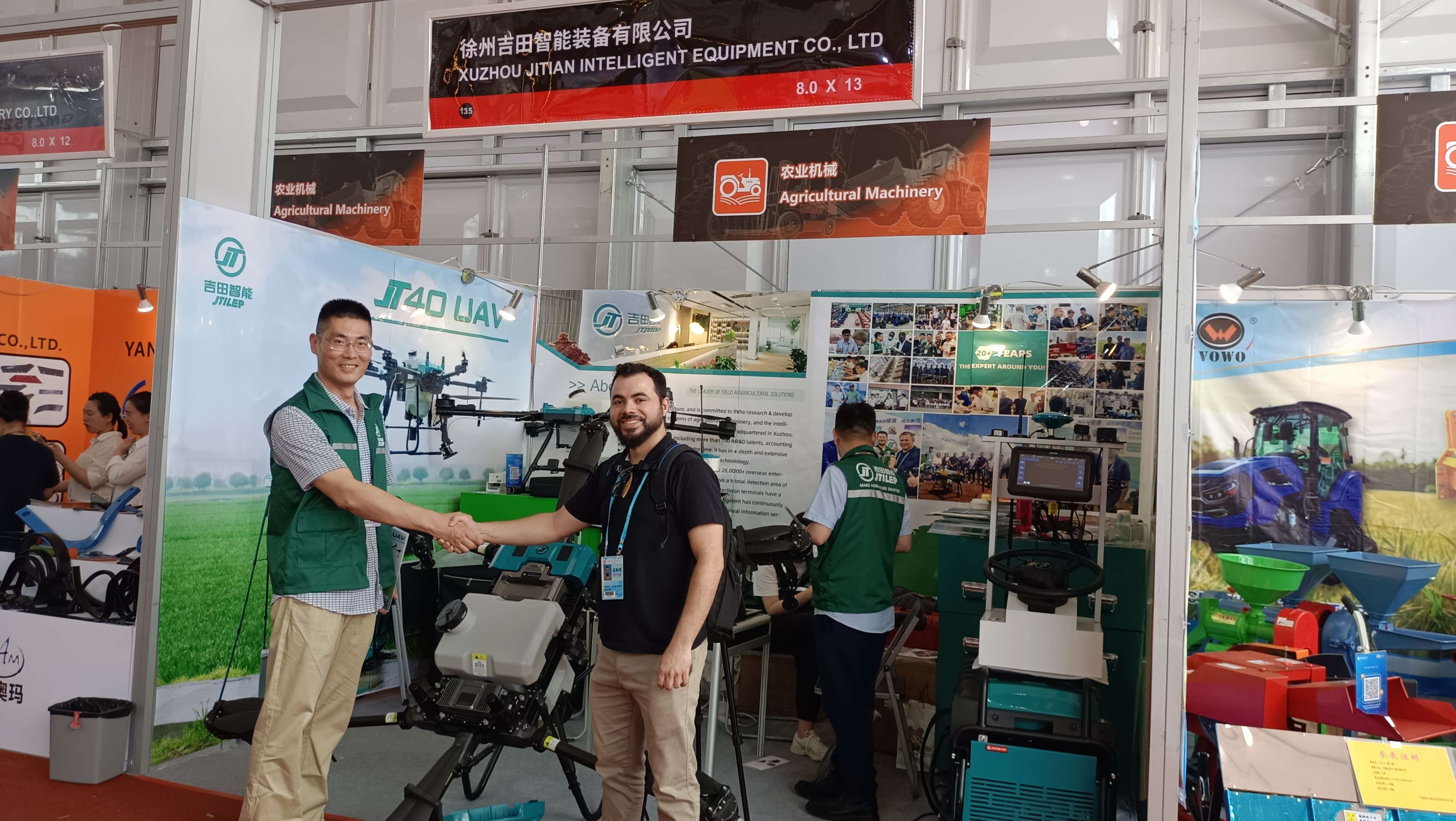In the choice of China's new energy technology route, the dispute between hybrid and pure electric power has continued for many years. Now, the former is a transitional plan, and the latter's strategic direction as the main direction of the future has long been clear, but it is still controversial.
A recent overseas research report shows that the increase in the number of pure electric vehicles in China is almost in line with the curve of increased air pollution. At the same time, the existence of objective problems such as mileage anxiety and lack of supporting facilities has made the pure electric vehicle in the promotion process. There was a word of mouth crisis.
Despite being in the “尴尬 positionâ€, the hybrid technology is gradually gaining consumer recognition with its mature and reliable advantages. With the addition of some new models, the hybrid market has become more heated. However, the reality is that, after the surge in sales of new energy vehicles in China last year, the sales of hybrid vehicles are still less than half that of electric vehicles.
Mixed, who lost to whom and lost to whom?

Why choose to mix?
Chen Liang, a Shanghai ordinary car owner, from his home to the company two points and one line is his usual life track. A year and a half ago, Chen Liang purchased a plug-in hybrid car and began writing the story between himself and the new energy car. At first, his motivation for buying was "simple": no shake. However, when he used it for more than a year, he no longer adapted to the fuel car. "Let me choose once and I will choose it (hybrid)."
Like Chen Liang, there are not a few consumers who are motivated by the “free licenseâ€. "The purchase of a hybrid car is nothing more than a shake-up and a large subsidy." An industry expert said in an interview with Tencent.
The Shanghai brand was dubbed "the most expensive iron sheet" by everyone. The actual turnover was mostly at the price of 90,000, which made many consumers "deterred" on the Shanghai brand. However, plug-in hybrid vehicles, like pure electric vehicles, have been listed by Shanghai as a new energy vehicle that encourages purchase and use. This means that in Shanghai, plug-in hybrid vehicles like Qin are also Free access to new energy passenger car licenses. Such preferential policies have attracted some consumers who are just in need of the car.
Haigui Zhang Dan is very concerned about green travel when he is overseas. After returning to China, the car was purchased directly and the hybrid Prius was purchased. “The city’s traffic jam is 100 km per 100 km. Compared with the fuel car, it can reduce a lot of emissions, and it can save a lot of cost.†Many like Zhang Dan. Environmental activists have purchased hybrid cars and recommended that their friends be active "trying."
As an environmentalist, Zhang Dan's words represent the voices of many people. Their thoughts may be very simple. They want to make their own efforts to contribute to the environment through their own efforts.
A Qin car owner of the net name mouse, who lives in the Zhangjiawan Development Zone of Tongzhou, is also the most active in Tongzhou. The one-way trip is generally no more than 30 kilometers, and the daily car is pure enough. "Electricity costs 5 yuan to run 80 kilometers. If you use oil, it will be more than 5 yuan. Who can recharge it?" The consumer has calculated an account. In addition to the difference between electricity and fuel, the daily maintenance cost of the fuel vehicle is also mixed. The moving train is a lot higher." So, if you buy it, you will pay a high point at one time, but it will cost a lot."
Usually commuting to and from work for 15 kilometers, the maximum indoor trip is 37 kilometers, there is no need to ignite the engine; the unit is 7 kilometers away from home, and the home unit has charging facilities. "In the era when the electricity bill is very cheap, no one with a noble mind is willing to start. The engine "... In the forum, the owner of the economic account with the mouse is not a minority, saving money, has become the main purchase motive for this part of the consumer.
Chen Liang, Zhang Dan, and the mouse, their words reflect the voice of some owners who buy hybrid cars. Free licenses, environmental protection, and money saving. Everyone has different positions on things and feels different in nature. For the owner of a hybrid car, although the same purchase action was made, the starting point was different.
Undervalued market
"The first car in life, I am not disappointed." The words of the Qin car owner Chen Liang, always linger in the author's mind. Similar words are not unique in the owner's forum.

In the pure electric vehicle owner forum, the twists and turns in the charging pile installation process, the mileage anxiety caused by the battery energy attenuation, and the difficulty of charging are everywhere, and in the mixed vehicle owner forum, similar "spit" is rarely seen. . What they hope is, "Like the owners of pure electric vehicles, enjoy the enjoyable preferential policies brought by the use of state-confirmed new energy vehicles, and enjoy the respect of the unlimited preferential policies."
Xiao Song, a sales manager of Guangzhou Automobile Toyota 4S store, inquired about the selling point of competing products is his fixed work after work every day. "I not only know the characteristics of the car I sell, but I also know the characteristics of competing products and better introduce them to customers." When talking about his confidence in the market of hybrid vehicles, this can be heard first. The voice of the gunfire in the market reveals full confidence in the words.
According to the plan, by 2020, the production capacity of pure electric vehicles and plug-in hybrid vehicles will reach 2 million, and the cumulative production and sales volume will exceed 5 million. However, in 2015, the production capacity of pure electric vehicles and plug-in hybrid vehicles was less than 380,000. From 380,000 to 2 million, the gap in the middle has also made the company more and more scented: compared with the growth of traditional energy vehicles less than double digits per year, this market has become a blue ocean.
This market is really fascinating. According to the rough statistics of Tencent Auto, more than half of the mainstream car companies are about to join the "mixed war" to lay out the market that has been "undervalued" by themselves.
BYD has already tilted its development balance to the new energy field. This year, it first launched the Song Double Model version, and will later launch Yuan, Ming and so on. Toyota, which has already introduced four sedan cars, is expected to introduce other cars such as the Highlander hybrid version in the future.
The automotive industry has never lacked “newcomers†and followers. SAIC, GAC, and the Great Wall have also developed new energy strategies that meet their own development needs. Participating in the split is not only a self-owned brand, but also a multinational company to participate in the "mixed war." BMW, Mercedes-Benz, Volkswagen, and General Motors will also introduce hybrid X1 and 3 series, A6Letron plug-in hybrid version or CT6 hybrid version.
It stands to reason that enterprises will carry out a series of detailed evaluations and make advance predictions in advance when formulating product launch plans. Such a large-scale entry will also show that the outstanding enterprises pay attention to hybrid vehicles.
Where is the spring of the spare tire?
According to the latest data, as a city with a high contribution in the demonstration and promotion of new energy vehicles, Shanghai sold about 26,500 hybrid models last year, contributing more than 40% of the country's total sales.
“Compared with other demonstration cities, Shanghai's policies are more comprehensive and have higher coverage. A large number of foreign car companies are promoting new energy vehicles. At present, there are more than 30 new energy vehicles in Shanghai and about 70 models.†Liu Jianhua, director of the Shanghai New Energy Vehicle Promotion Office, said so.
In contrast, Beijing’s attitude is very clear, “will not adopt hybrid carsâ€. This also means that Beijing's new energy vehicle policy is still only open to pure electric vehicles, and does not open a window for hybrid vehicles.
The subsidy policy of Shenzhen stipulates that enterprises applying for new energy vehicles in Shenzhen should apply for subsidies for local auto companies and foreign-invested wholly-owned subsidiaries in Shenzhen. The registered capital cannot be less than 50 million yuan. Such requirements are invisible. Most of the foreign brands were kept out of the door, which made consumers choose a single model, which not only reduced the enthusiasm of the promotion of car companies, but also indirectly closed the local market, which caused the promotion to be worse than expected.
Hybrid vehicles, despite having a good reputation among consumers, are indisputable in terms of enjoying less preferential policies and relatively less support. Cities that are completely open like Shanghai are rare. For the development of hybrid vehicles, the opening of the Shanghai market is undoubtedly a "spring-like warmth." As a hybrid car that develops a spare tire for new energy vehicles in the country, can we welcome the spring of development by an open city such as Shanghai? The answer seems to take time to prove.
There is such a set of numbers. Among the top ten models in Japan, the hybrid car has occupied four seats. According to data from Toyota, as of November last year, the cumulative sales of Toyota hybrid models in the world has exceeded 800. Ten thousand vehicles saved 5.8 billion gallons (about 21.95 billion liters) of gasoline directly to the owners and reduced carbon dioxide emissions by about 58 million tons.
As a “prepared tire†for the new energy technology route, the hybrid should play more roles in the transitional stage, but the reality is not as optimistic as imagined. Maybe after many years, when people look back on this development process, they can get mixed Whoever gave the correct answer to the question.
- Multi-Rotor Drones.
- Fixed-Wing Drones.
- Single-Rotor Drones.
- Fixed-Wing Hybrid VTOL.
- What Do Agricultural Drones Do? Agricultural drones allow farmers to monitor crop and livestock conditions from the air to keep watch for potential problems and help optimize field management.
- Agricultural drones are indeed playing an increasingly important role in modern agriculture. They have greatly improved the efficiency and quality of agricultural production through efficient and precise flight operations.
- jtilep agricultural drones may have some advanced technologies and functions, such as intelligent flight control systems, high-definition cameras, precision spraying devices, etc., which can help farmers better manage farmland and improve crop yield and quality.
- Of course, with the continuous advancement of technology, agricultural drones are also constantly developing and improving. In the future, we can look forward to more innovative technologies and applications that will bring more convenience and benefits to agricultural production.
- If you have a deeper understanding of jtilep agricultural drones or have any questions, please feel free to communicate with me. I will do my best to provide you with help and answers.

ag drones , spray drones for sale , agriculture drone sprayer , agriculture drone price
Xuzhou Jitian Intelligent Equipment Co. Ltd , https://www.jitianequipment.com
